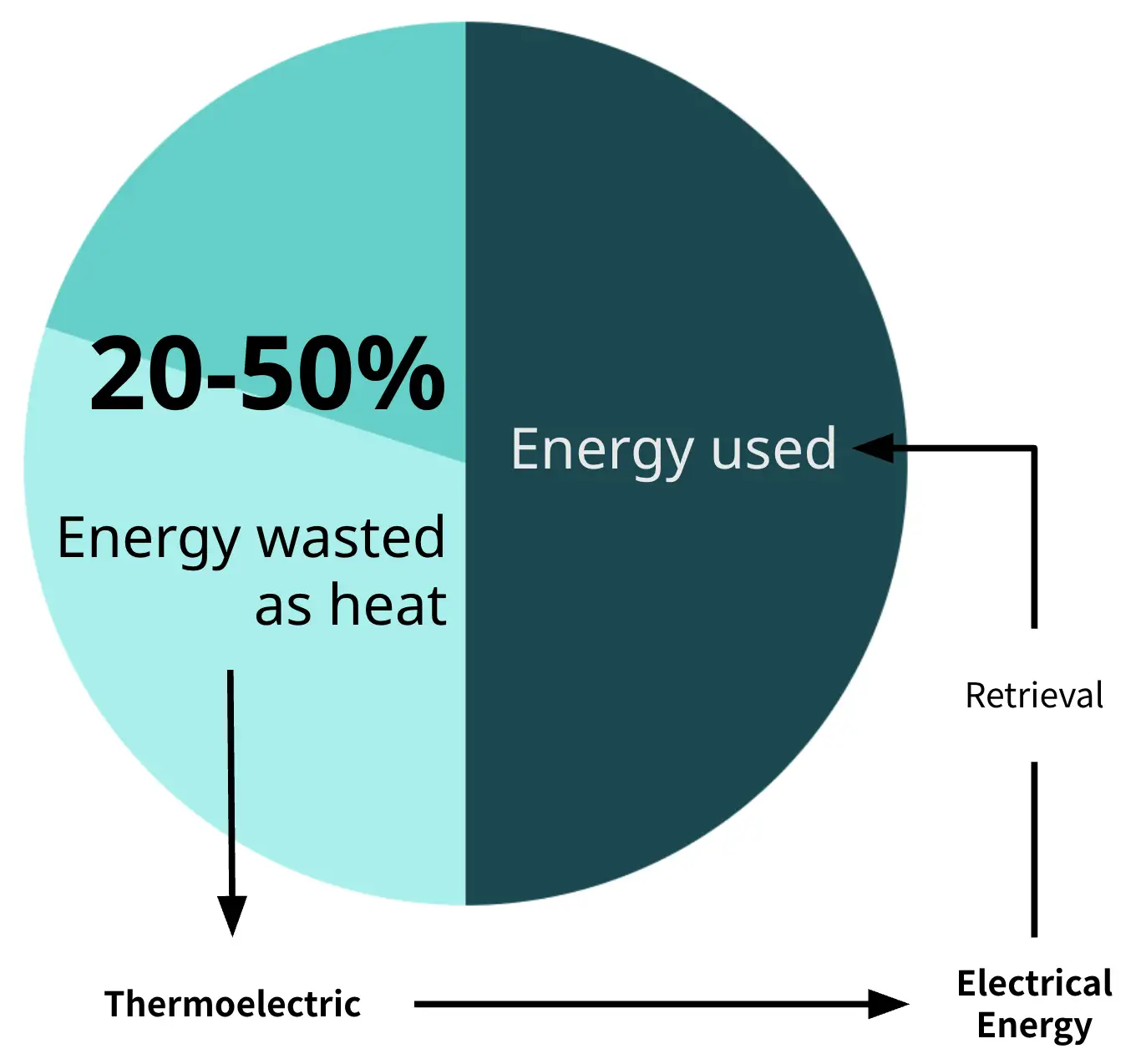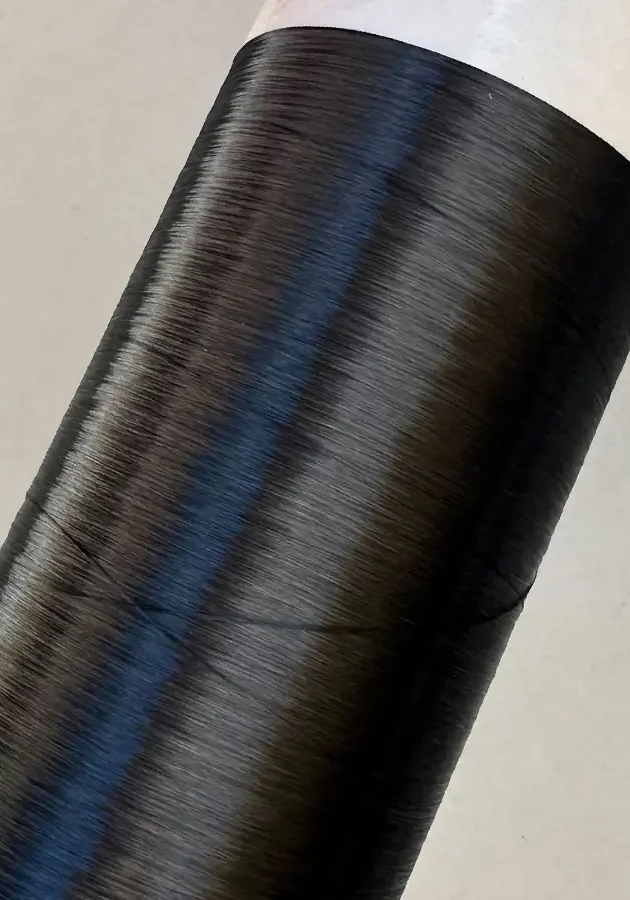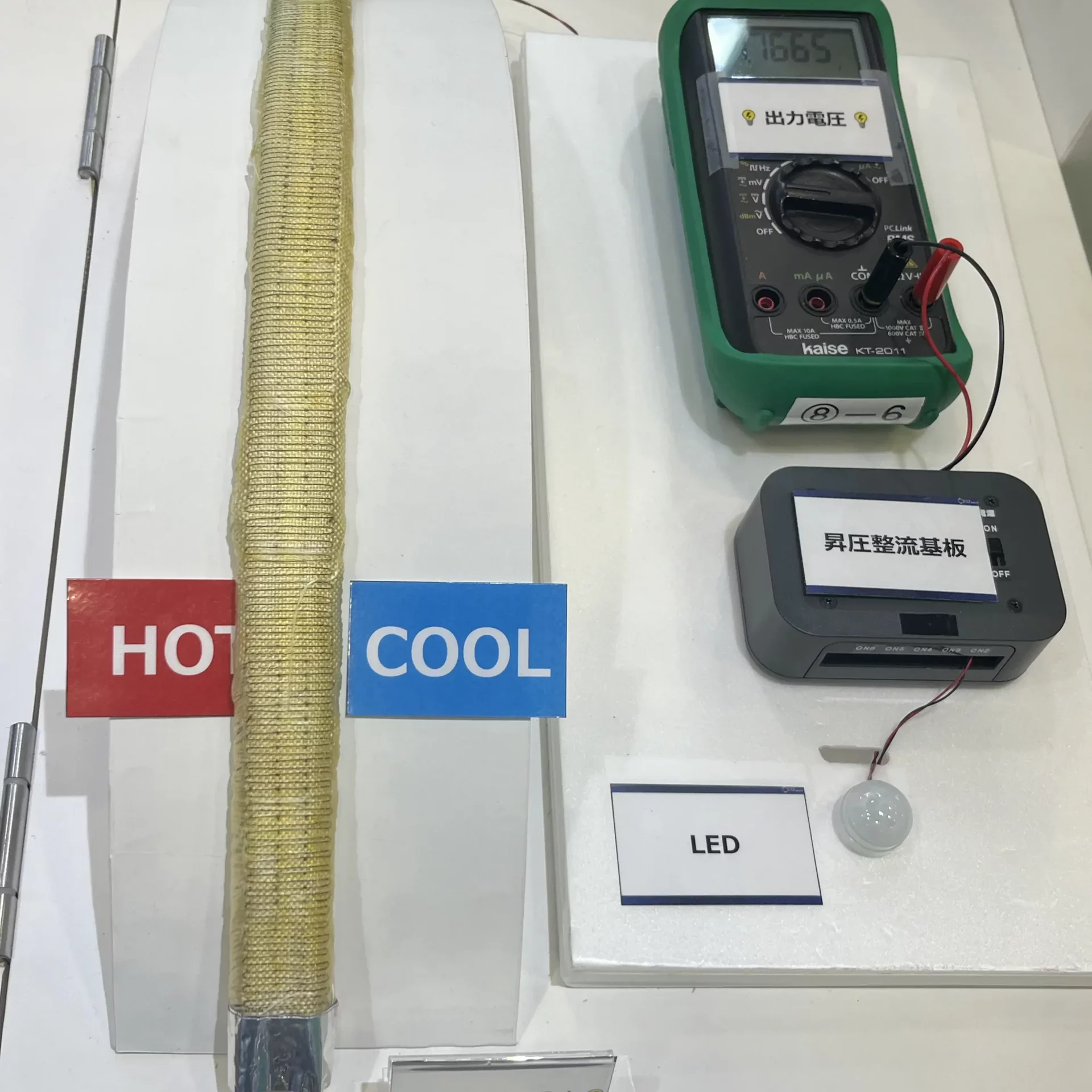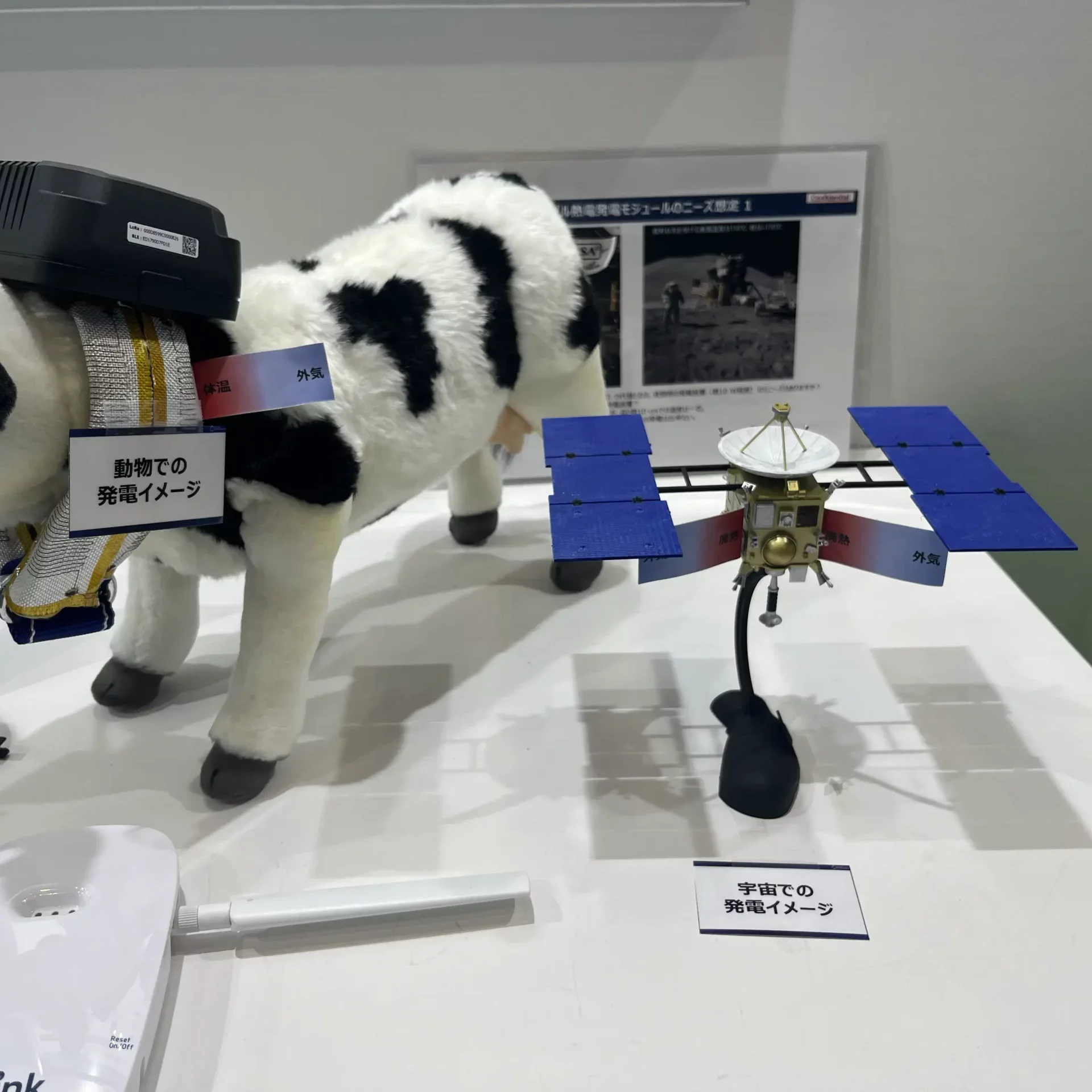Thermoelectric Generators
Tokai Rika, a leading tier 1 automotive supplier, has developed a flexible thermoelectric generator (TEG) using Galvorn, a non-toxic, conductive solid carbon wire. Galvorn makes the ability to turn waste heat into electricity feasible for a broad set of applications.
With rising energy costs and compounding efficiency concerns, TEGs can solve multiple challenges across industries. They can directly transform thermal energy into electrical energy, and therefore, can benefit applications where access to power is limited and/or there is a need to increase energy efficiency.
Automotive
TEGs offer significant benefits in automotive applications by converting waste heat from engines into usable electricity, improving fuel efficiency, reducing emissions, and powering vehicle electronics.
Aerospace
In aerospace, TEGs provide a reliable, long-lasting power source in extreme environments, ideal for powering satellites, sensors, and other aircraft and space-related systems.
Other Industries
In heavy industries, TEGs can be used to improve the energy efficiency of industrial piping systems, and in agriculture, TEGs can leverage animal heat to enable self-powered livestock bio sensing and tracking. TEGs can even harness temperature differences in the ocean and marine environments to provide reliable power for sensor networks, renewable energy systems, and offshore operations.

Our customers have told us they need a mobile, flexible, and lightweight power source for their applications where batteries or other traditional power sources are not easily accessible.
Space, the ocean, deep underground, and even factories are all areas in which our new flexible thermoelectric generators made with Galvorn can support self-powering and energy efficiency.
Minoru Abe
General Manager at Tokai Rika
BROADENING THE POSSIBILITIES
What if heat "waste" could be recovered, anywhere?
It is estimated that between 20 and 50% of industrial energy input is lost as waste heat in the form of hot exhaust gases, cooling water, and heat lost from hot equipment surfaces and heated products.
Source: energy.gov


Galvorn offers several advantages for thermoelectric generators
Historically, TEGs have been constrained by the toxicity and rigid form of incumbent thermoelectric materials. These materials also present manufacturing, scalability, design, and retrofitting challenges for TEG development.
Galvorn is different, expanding the feasible use and adoption of thermoelectric generation across industries.
Tokai Rika features Galvorn TEG at NEPCON 2024

TEG Prototype at NEPCON 2024
Tokai Rika featured a prototype of its flexible thermoelectric generator at NEPCON 2024 in Tokyo, Japan.

Flexibility that is Not Possible with Metal
As shown in Tokai Rika's poster at NEPCON, the module can be bent 180 degrees and installed on remote heat sources.

Turning Heat into Electricity, Anywhere
From livestock biosensors to satellites, reliable, long-lasting power sources are critical.
